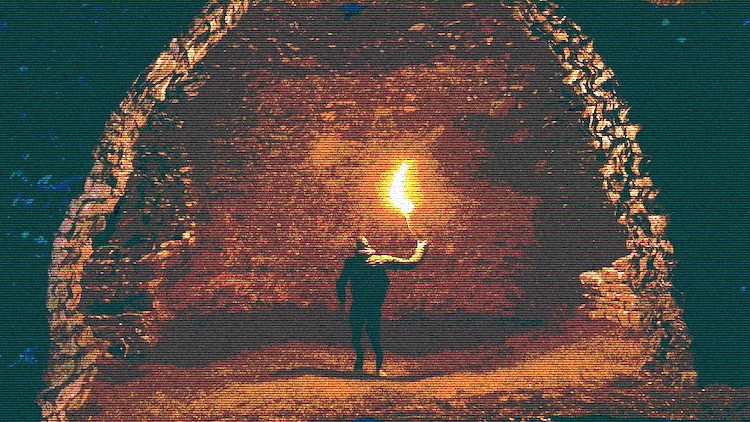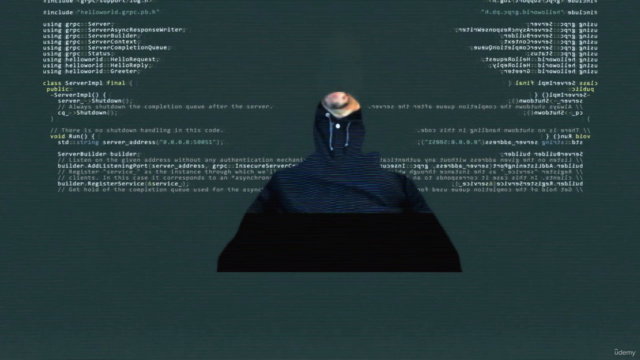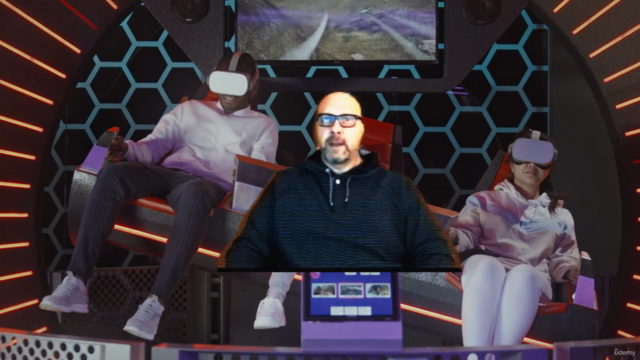Narrative in Linear & Interactive Media
Theory & Practice
3.25 (2 reviews)

766
students
1.5 hours
content
Dec 2024
last update
FREE
regular price
What you will learn
Define the characteristics of narrative in linear and interactive media
Apply narrative concepts to different forms of media
Identify the main theoretical strands of narrative and new media theory
Design narrative for any kind of media
Screenshots




Related Topics
5072390
udemy ID
1/9/2023
course created date
1/12/2023
course indexed date
Bot
course submited by